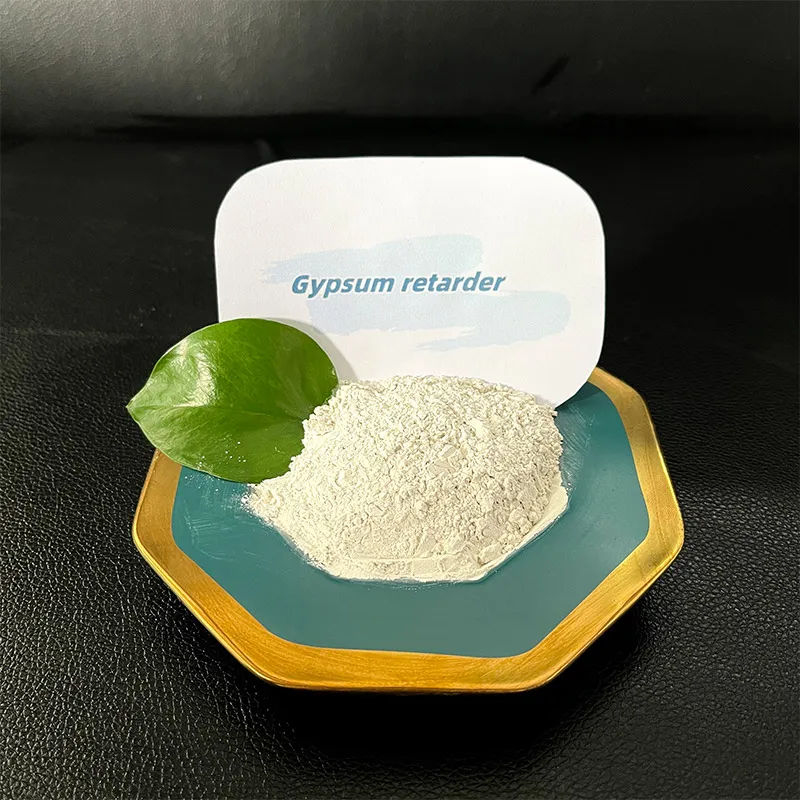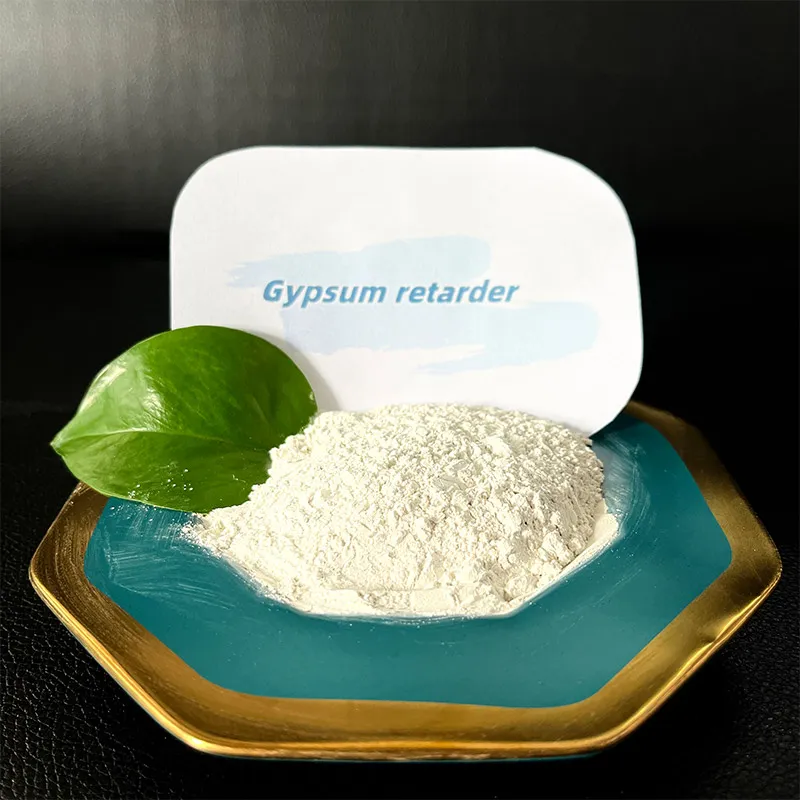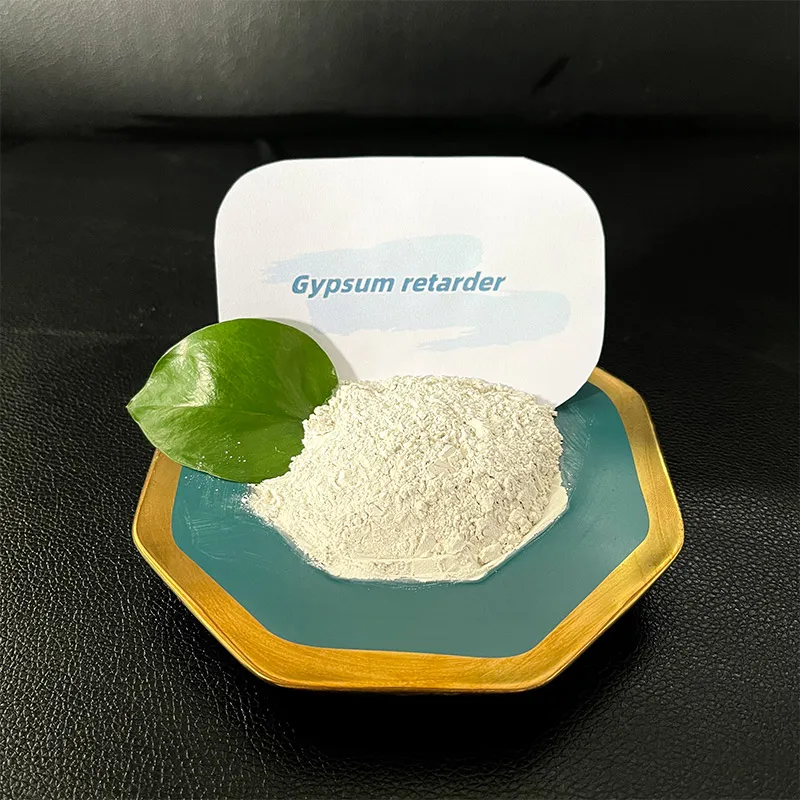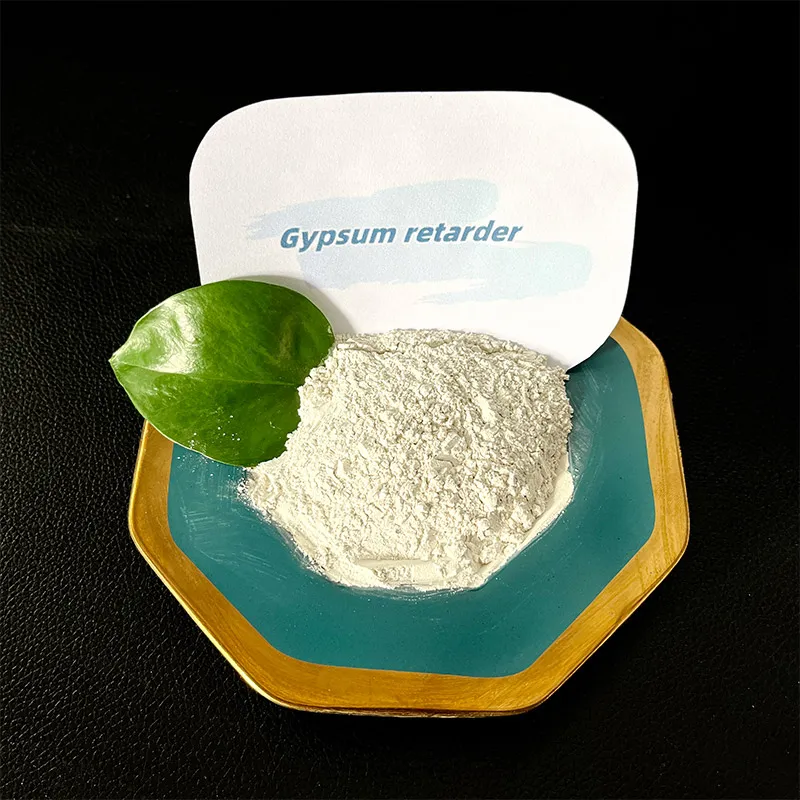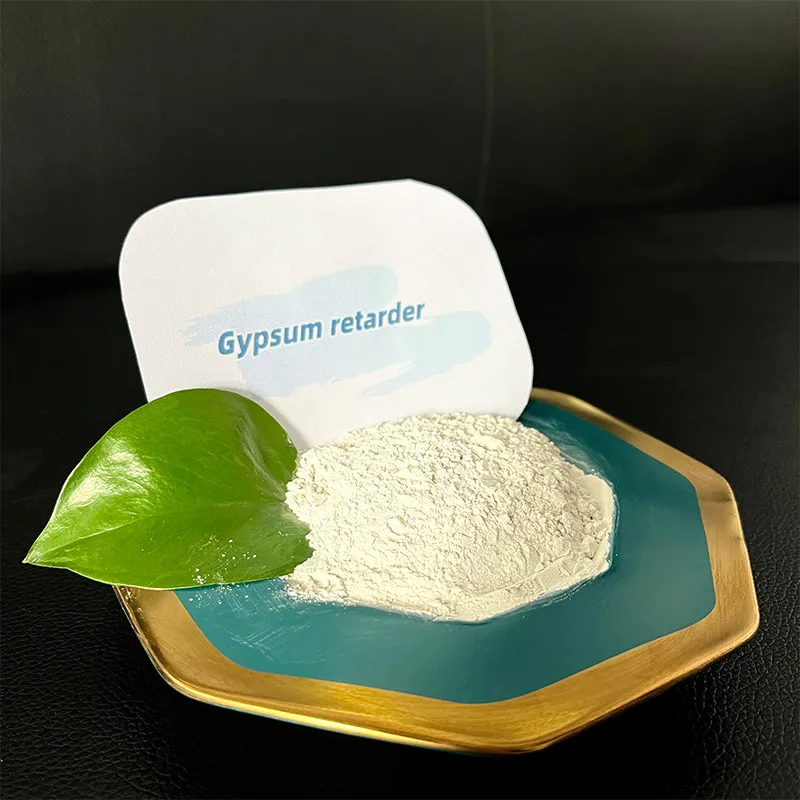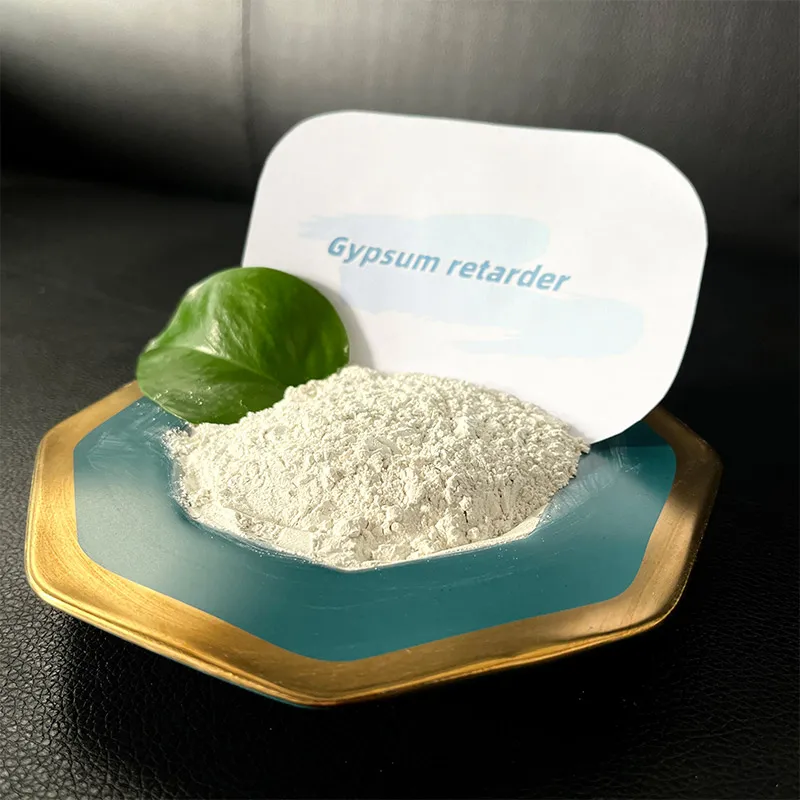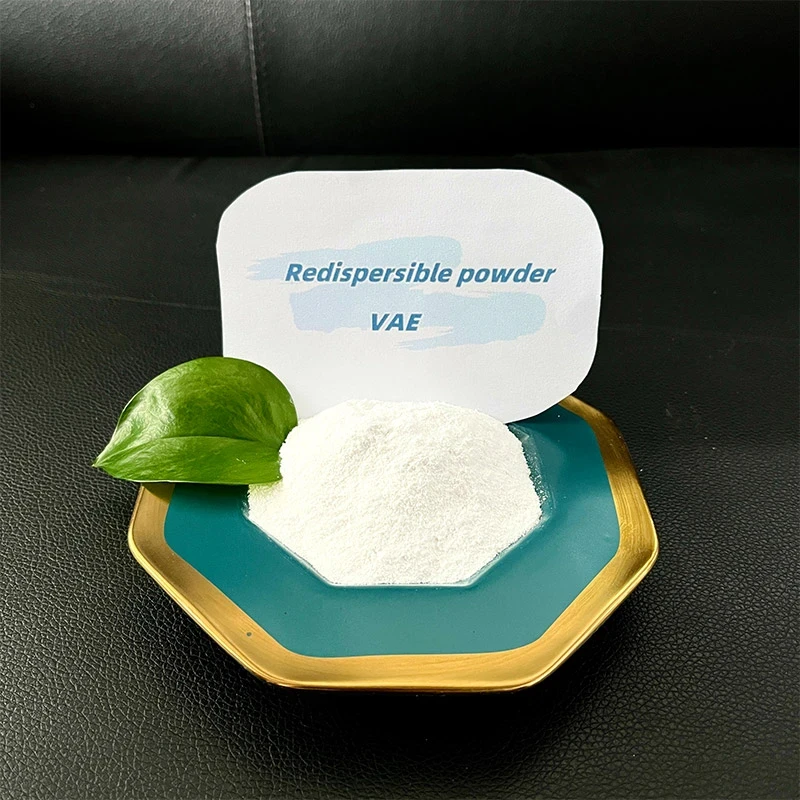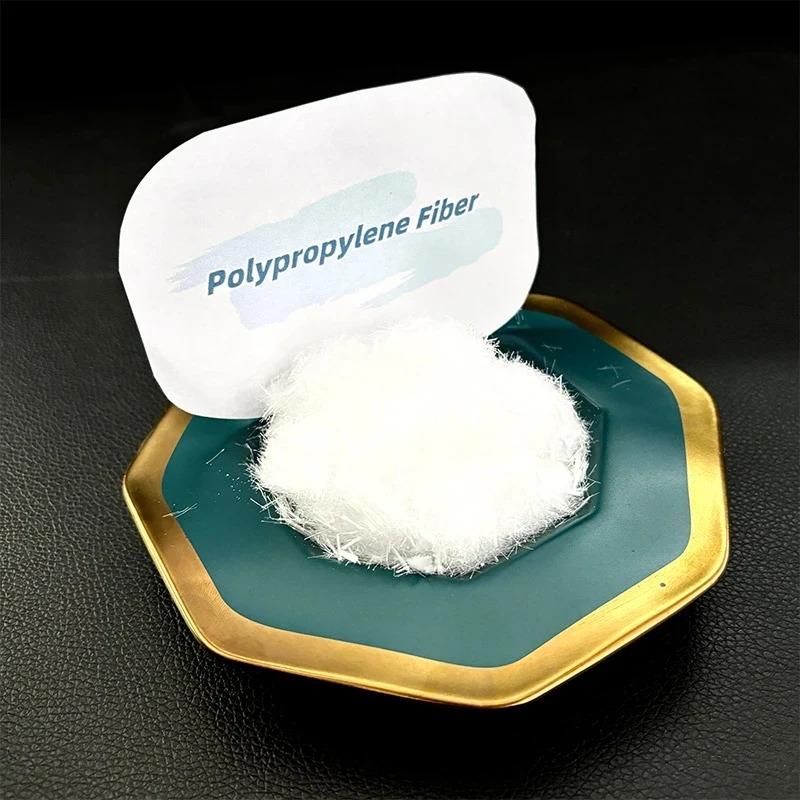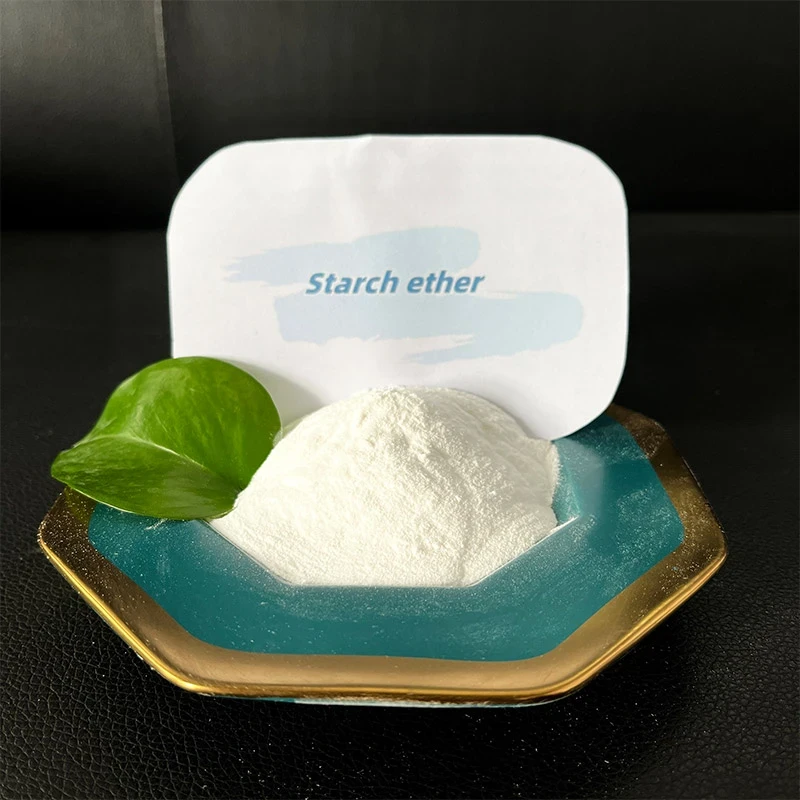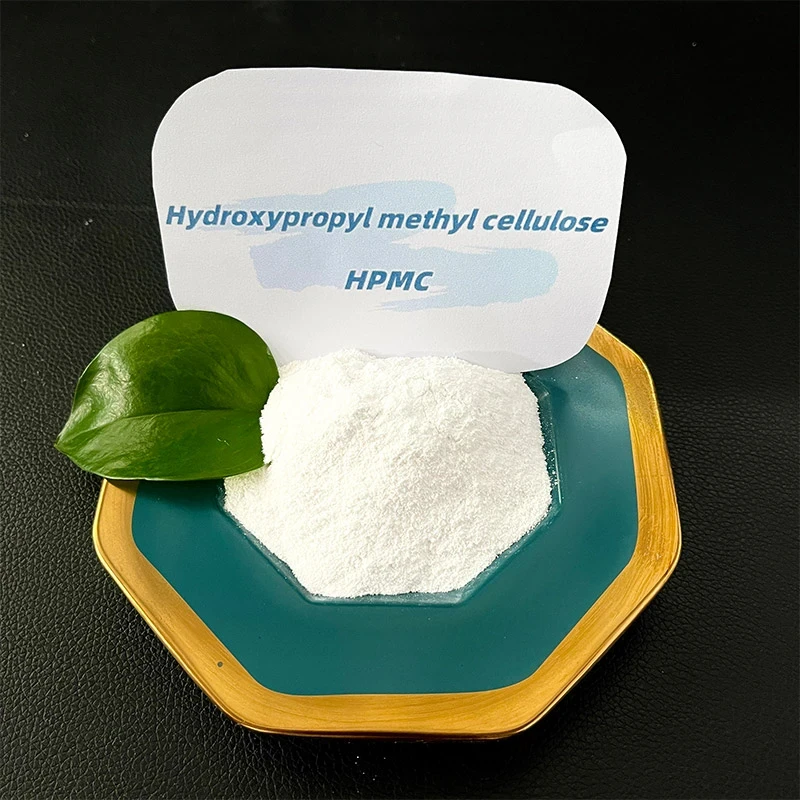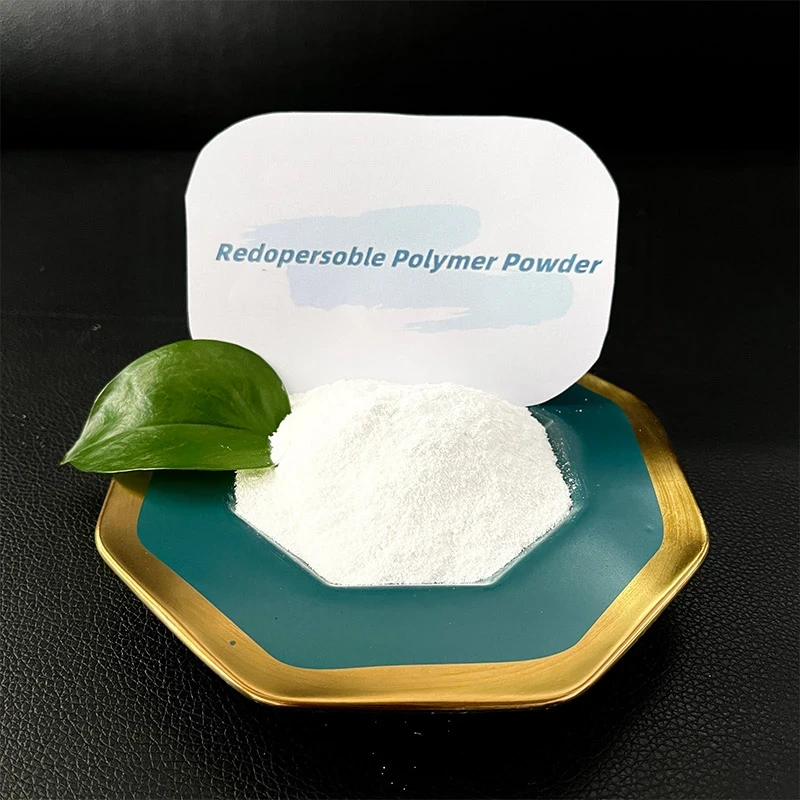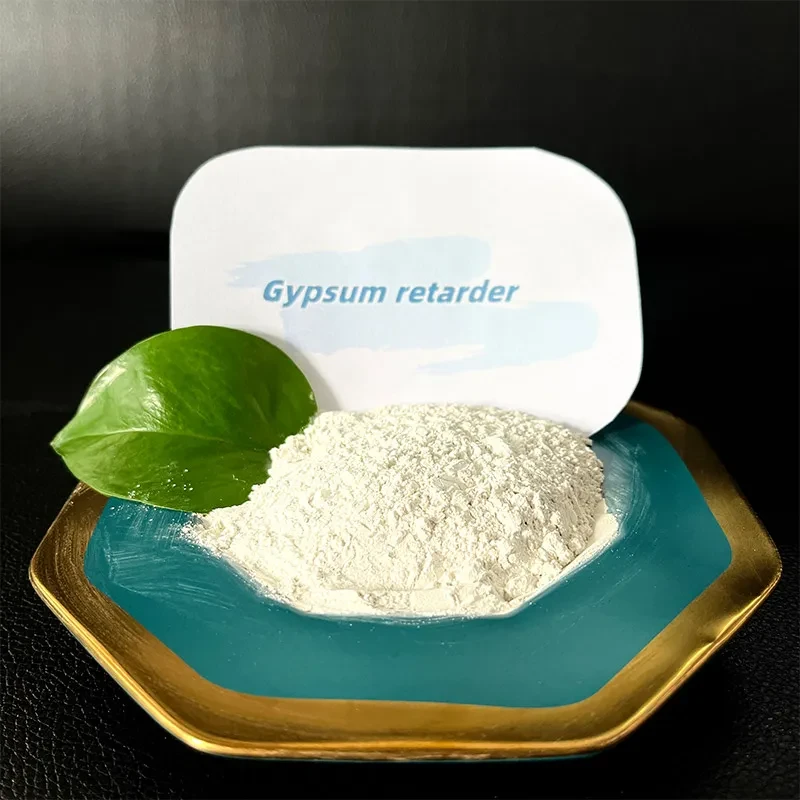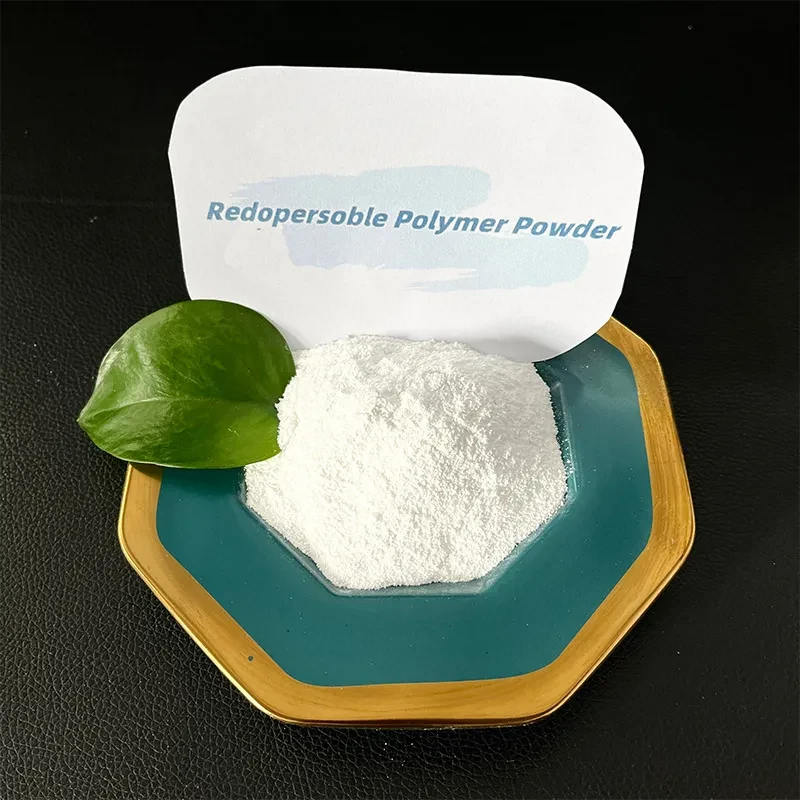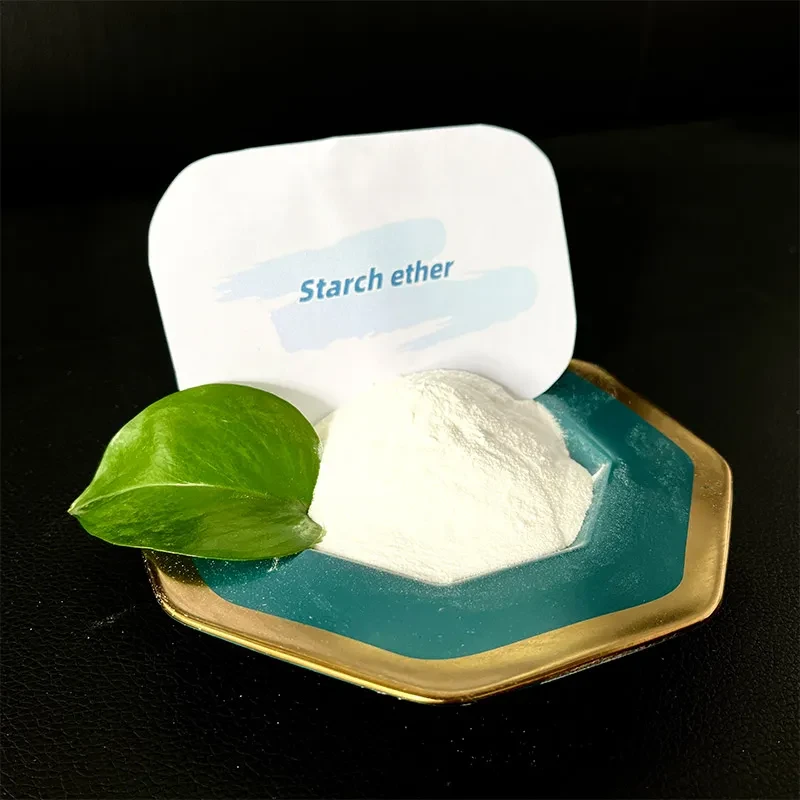Gypsum retarder
Gypsum retardants play a crucial role in the construction and building materials industry, serving to control the setting time of gypsum-based products to ensure better workability and application. Among these retardants, organic acids, soluble salts, basic phosphates, and proteins are key components noted for their efficacy. The most prominent organic acids employed as retarders include citric acid, sodium citrate, tartaric acid, potassium tartrate, acrylic acid, and sodium acrylate. Within this category, citric acid and its sodium salt have garnered significant attention due to their strong retarding properties demonstrated even at minimal dosages. This high effectiveness is particularly beneficial for various gypsum applications, as it facilitates longer working times while maintaining the desired quality of the final product. In addition to organic acids, phosphate retarders such as sodium hexametaphosphate and sodium polyphosphate are widely utilized. These compounds are integral in creating gypsum products, including bonded gypsum, gypsum putty, and other materials involved in the production of gypsum building materials. The primary function of these phosphate retarders is to slow down the condensation process of gypsum, allowing for enhanced control during the mixing and application stages. By strategically incorporating these retardants, manufacturers can optimize the performance of gypsum products, thereby improving efficiency on construction sites and ensuring that the desired structural properties are achieved. The need for reliable and effective retardants has prompted extensive research in this area, particularly focusing on the interaction mechanisms of these materials with gypsum. Findings suggest that the molecular structure of the retarders plays a significant role in their effectiveness, leading to ongoing innovations in formulation to maximize their benefits. As the construction industry continues to evolve, the demand for high-quality, durable gypsum products remains constant. Consequently, the development and use of advanced retarding agents are essential for meeting the increasingly stringent requirements of modern construction projects. Additionally, the environmentally conscious design of these materials is under scrutiny, prompting researchers to explore sustainable options and biodegradable alternatives to traditional retardants. The balance between efficacy and environmental impact is crucial as manufacturers aim to provide high-performance gypsum solutions that align with industry sustainability goals. Overall, the application of gypsum retardants, particularly organic acids, soluble salts, and phosphates, is an essential aspect of gypsum construction products that enhances their usability. By employing a variety of retarding agents, builders can ensure efficient application processes and protect the integrity and longevity of structures. Continued advancements in the study of gypsum retardation not only enhance product performance but also contribute to a more sustainable approach in the construction industry, ultimately leading to better outcomes both in terms of operation and environmental responsibility. In conclusion, understanding the diverse types of gypsum retardants currently in use is essential for stakeholders in the construction sector, as it empowers them to select appropriate additives that achieve the desired results while adhering to sustainable practices. This knowledge advances the field of construction materials, ensuring that the future of gypsum production is characterized by innovation, efficiency, and environmental mindfulness.
